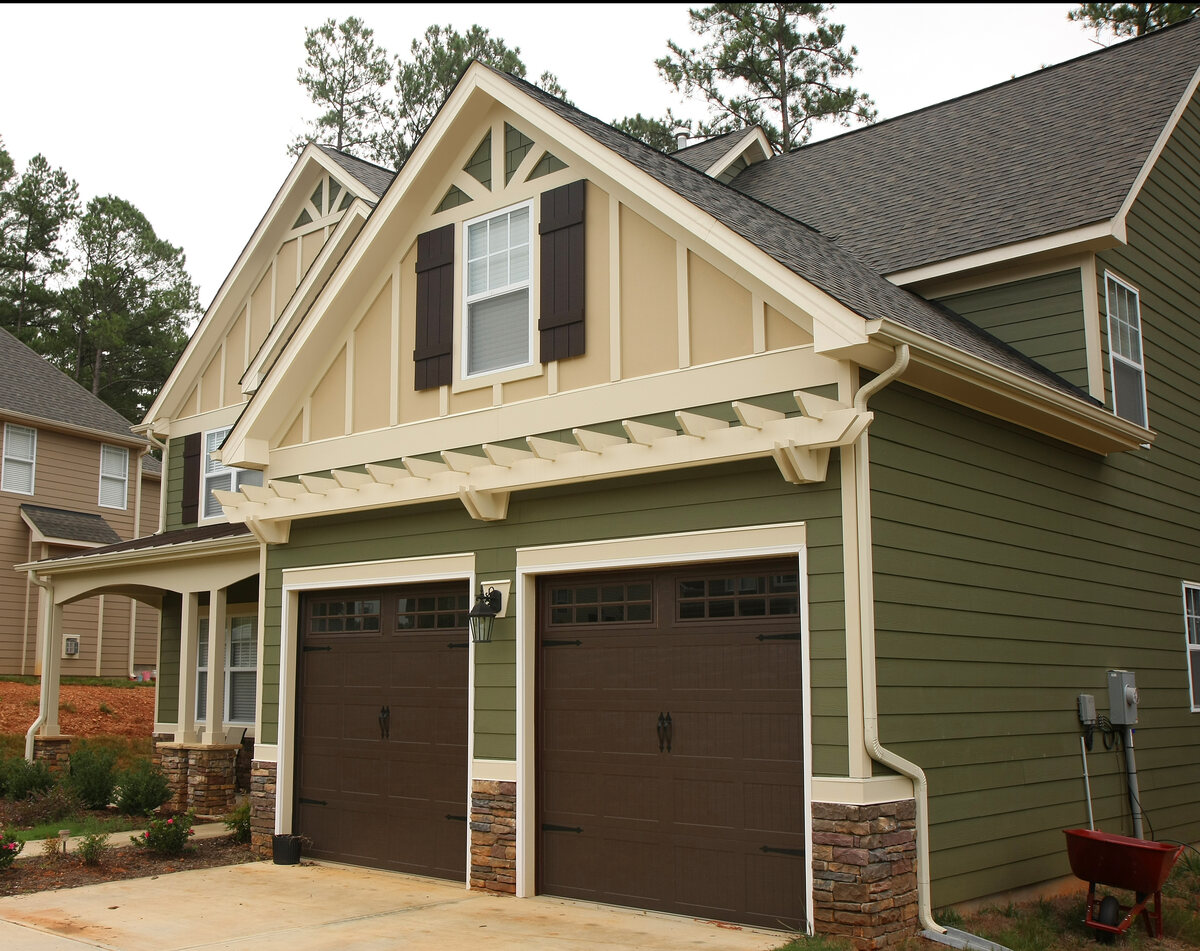

Articles
How Long Does Hardie Siding Last
Modified: December 7, 2023
Discover how long Hardie Siding can last and get expert advice on maintenance and durability. Read informative articles by industry professionals.
(Many of the links in this article redirect to a specific reviewed product. Your purchase of these products through affiliate links helps to generate commission for Storables.com, at no extra cost. Learn more)
Introduction
When it comes to choosing the right siding for your home, durability and longevity are key factors to consider. One popular option that checks both boxes is Hardie siding. Hardie siding, also known as James Hardie siding, is a type of fiber cement siding that has gained popularity for its exceptional durability and resistance to the elements.
Whether you’re building a new home or looking to replace your current siding, it’s important to understand the lifespan of Hardie siding and the factors that can affect its longevity. In this article, we will explore what Hardie siding is, the factors that can impact its lifespan, the average lifespan you can expect from this siding, as well as tips to extend its lifespan.
By the end of this article, you’ll have a better understanding of how long Hardie siding can last and what you can do to ensure it remains in optimal condition for years to come.
Key Takeaways:
- Hardie siding, with proper installation and maintenance, can last 30-50 years, offering exceptional durability and resistance to rot, insects, and fire. Regular inspections and proactive care can further extend its lifespan.
- Factors such as climate, maintenance, and exposure to external elements can influence the lifespan of Hardie siding. By addressing wear and damage promptly and following recommended care practices, homeowners can ensure their siding remains in optimal condition for many decades.
Read more: How Long Does Siding On A House Last
What is Hardie Siding?
Hardie siding, also known as James Hardie siding, is a type of fiber cement siding that is designed to mimic the look of wood while providing enhanced durability and protection. It is made from a combination of cement, sand, and cellulose fibers, resulting in a strong and resilient material that can withstand harsh weather conditions.
Hardie siding is known for its exceptional resistance to rot, insects, and fire, making it a popular choice among homeowners who are looking for a long-lasting and low-maintenance siding option. It is available in a variety of styles and textures, allowing homeowners to achieve their desired aesthetic for their home exterior.
One of the key benefits of Hardie siding is its ability to withstand the test of time. Unlike traditional wood siding that can rot or warp over time, Hardie siding is engineered to resist these issues. It is also resistant to fading, making it a great option for areas with intense sun exposure.
Additionally, Hardie siding is designed to be highly durable and can withstand strong winds, heavy rain, and hail. It is also resistant to impact, reducing the risk of dents and cracks caused by flying debris or accidents.
In terms of maintenance, Hardie siding requires minimal upkeep. It does not need to be repainted frequently, and periodic cleaning with a mild detergent and water is usually all that is needed to keep it looking its best.
Overall, Hardie siding offers homeowners a durable and visually appealing siding option that can enhance the curb appeal and value of their homes. Its longevity and resistance to various elements make it a popular choice among homeowners who want a siding material that can withstand the test of time.
Factors Affecting the Lifespan of Hardie Siding
The lifespan of Hardie siding can vary depending on various factors. Understanding these factors can help you make informed decisions and take the necessary steps to ensure the longevity of your Hardie siding. Here are some key factors that can affect the lifespan of Hardie siding:
- Installation: One of the most crucial factors in determining the lifespan of Hardie siding is proper installation. Improper installation can lead to issues such as moisture penetration, which can significantly reduce the lifespan of the siding. It is important to hire experienced professionals who specialize in Hardie siding installation to ensure that it is installed correctly.
- Maintenance: Regular maintenance is essential to extend the lifespan of Hardie siding. This includes cleaning the siding periodically to remove dirt and debris, inspecting for any signs of damage, and addressing any repairs promptly. Neglecting maintenance can lead to moisture buildup, which can cause the siding to deteriorate and shorten its lifespan.
- Climate: The climate in which your home is located can have a significant impact on the lifespan of Hardie siding. Extreme weather conditions such as prolonged exposure to intense sunlight, heavy rain, or freezing temperatures can accelerate the wear and tear of the siding. Proper insulation and protective measures can help mitigate the effects of harsh weather and prolong the lifespan of the siding.
- Proximity to Trees and Vegetation: If your home is surrounded by trees or dense vegetation, it can impact the lifespan of your Hardie siding. Overhanging branches or vegetation can scratch or damage the siding, while falling leaves and debris can accumulate and trap moisture, leading to potential rot and deterioration. Regularly trim tree branches and keep vegetation away from the siding to minimize these risks.
- Mold and Mildew: Hardie siding is resistant to rot, but it is not completely impervious to mold and mildew. If your siding is consistently exposed to moisture, it can create an environment conducive to the growth of mold and mildew. Regular cleaning and proper ventilation can help prevent the buildup of mold and mildew and preserve the integrity of the siding.
By considering these factors and taking appropriate measures, you can maximize the lifespan of your Hardie siding and enjoy its benefits for many years to come. Regular maintenance, proper installation, and protection from harsh weather conditions and external elements are key to ensuring the longevity and durability of your Hardie siding.
Average Lifespan of Hardie Siding
The average lifespan of Hardie siding can vary depending on several factors, including the ones mentioned earlier. However, with proper installation and maintenance, you can expect Hardie siding to last for several decades.
In general, the manufacturer of Hardie siding, James Hardie, offers a warranty of 30-50 years on their products. This warranty is a testament to the durability and longevity of Hardie siding when installed and maintained correctly.
The actual lifespan of Hardie siding can be influenced by factors such as climate, maintenance, and exposure to external elements. In more moderate climates with less extreme weather conditions, Hardie siding can last even longer, surpassing its already impressive warranty period.
Regular maintenance is essential to extending the lifespan of your Hardie siding. This includes cleaning the siding, inspecting for any signs of damage, and addressing repairs promptly. By keeping your siding in good condition and addressing any issues as they arise, you can ensure that your Hardie siding will last for many years to come.
It’s important to note that while Hardie siding is known for its durability, it is not indestructible. Harsh weather conditions, improper installation, lack of maintenance, and other factors can impact the lifespan of the siding. However, by selecting Hardie siding, you are choosing a high-quality and long-lasting option that is designed to withstand the test of time.
Overall, the average lifespan of Hardie siding can range from 30-50 years, and even longer with proper care and maintenance. By investing in Hardie siding for your home, you can enjoy peace of mind knowing that you are choosing a siding material that offers exceptional durability, longevity, and value.
Hardie siding can last up to 50 years with proper maintenance and care. Regular cleaning and inspections can help extend its lifespan.
Signs of Wear and Damage
While Hardie siding is designed to be durable and long-lasting, it is still important to regularly inspect it for signs of wear and damage. Identifying and addressing any issues promptly can help prevent further damage and extend the lifespan of your Hardie siding. Here are some common signs of wear and damage to look out for:
- Cracks or Breaks: Inspect your Hardie siding for any cracks or breaks. This can occur due to impact from flying debris, extreme temperature changes, or settling of the foundation. Cracked or broken siding can expose the underlying layers to moisture, leading to further damage and potential rot.
- Warped or Buckled Siding: If you notice that your Hardie siding has become warped or buckled, it could be a sign of underlying moisture issues. Wavy or uneven siding can indicate water infiltration, improper installation, or poor drainage around your home.
- Signs of Rot: While Hardie siding is resistant to rot, it is not immune to it. Look for any signs of rot, such as soft or spongy areas, discolored patches, or an unpleasant odor. Rot can occur if moisture becomes trapped within the siding or if there are underlying issues with the installation or ventilation.
- Peeling or Chipped Paint: If the paint on your Hardie siding is peeling or chipped, it can leave the siding exposed to the elements. This can lead to the deterioration of the siding over time. Regularly check for any areas where the paint is coming off and consider repainting or repairing those sections.
- Mold or Mildew Growth: While Hardie siding is resistant to mold and mildew, it can still develop if moisture is present. Look for any signs of mold or mildew growth, such as discoloration or a musty odor. If you notice any mold or mildew, it’s important to address the underlying moisture issue and clean the affected area promptly.
If you notice any of these signs of wear and damage on your Hardie siding, it’s important to take action. Depending on the severity of the damage, you may need to repair or replace the affected sections of siding. Consulting with a professional siding contractor can help you in determining the best course of action to preserve the integrity and lifespan of your Hardie siding.
Overall, regular inspections and proactive maintenance can help you catch any signs of wear and damage early on, allowing you to address them before they become more extensive and costly to repair. By keeping a close eye on the condition of your Hardie siding, you can ensure its continued durability and longevity.
Read more: How Long Does Metal Siding Last
Extending the Lifespan of Hardie Siding
To maximize the lifespan of your Hardie siding and keep it looking its best, there are several steps you can take. By implementing these measures, you can ensure that your siding remains in optimal condition for years to come. Here are some tips to extend the lifespan of your Hardie siding:
- Regular Cleaning: Regularly clean your Hardie siding to remove dirt, dust, and debris that can accumulate over time. Use a soft brush or cloth and a mild detergent solution to gently wash the surface. Avoid using high-pressure washers or harsh chemicals, as they can damage the siding.
- Inspect for Damage: Conduct regular inspections of your siding to check for any signs of wear, damage, or potential issues. Look for cracks, breaks, warping, or areas of discoloration. Address any issues promptly to prevent further damage.
- Maintain Proper Drainage: Ensure that your gutters and downspouts are clear and functioning properly to prevent water from pooling or collecting near the siding. Proper drainage helps to prevent moisture buildup, which can lead to damage and deterioration of the siding.
- Trim Nearby Vegetation: Keep trees, shrubs, and other vegetation trimmed and away from your Hardie siding. Overhanging branches can scratch or damage the siding, while close proximity can promote mold and mildew growth. Regularly trim vegetation to minimize these risks.
- Address Moisture Issues: If you notice any signs of moisture infiltration, such as mold, mildew, or soft spots, it’s important to address these issues immediately. Identify the source of the moisture and take the necessary steps to repair or remediate the problem. Proper ventilation and insulation can help prevent moisture-related issues.
- Repaint when Necessary: Over time, the paint on your Hardie siding may start to fade or peel. When necessary, consider repainting the siding to protect it from the elements. Follow the manufacturer’s guidelines for painting and use high-quality exterior paint for best results.
By following these maintenance and care tips, you can significantly extend the lifespan of your Hardie siding. Regular cleaning, inspections, and prompt repairs will help maintain its integrity and protect it from potential damage. Additionally, addressing moisture issues, properly maintaining drainage, and keeping vegetation in check will contribute to an optimal siding condition.
Remember, it’s also important to consult and follow the specific guidelines provided by the manufacturer for cleaning, maintenance, and any warranty requirements. By taking proactive steps and staying on top of maintenance tasks, you can enjoy the benefits of your Hardie siding for many years to come.
Conclusion
Choosing Hardie siding for your home is a wise investment that offers exceptional durability, longevity, and aesthetic appeal. With its resistance to rot, insects, and fire, Hardie siding provides homeowners with peace of mind and a beautiful exterior that can withstand the test of time.
While the average lifespan of Hardie siding ranges from 30 to 50 years, proper installation, regular maintenance, and addressing any signs of wear and damage can help extend its lifespan even further. By following the recommended care and maintenance practices, you can keep your Hardie siding in optimal condition for many decades.
Inspecting your siding for cracks, breaks, warping, and signs of moisture issues is important to prevent further damage and ensure the longevity of your siding. Regular cleaning, proper drainage, and trimming nearby vegetation are also essential in maintaining the integrity of your Hardie siding.
Keep in mind that different climates and environmental factors can affect the lifespan of your siding. It’s crucial to adapt your maintenance routine accordingly and seek professional help as needed.
By taking the necessary steps to protect and care for your Hardie siding, you can enjoy a beautiful exterior for your home that withstands the elements and adds value to your property. The exceptional durability and long-lasting nature of Hardie siding make it a reliable and popular choice for homeowners.
In conclusion, Hardie siding offers a durable and aesthetically pleasing solution for your home’s exterior. With proper installation, regular maintenance, and addressing any signs of wear or damage, your Hardie siding can maintain its quality and enhance your home’s curb appeal for many years to come.
Frequently Asked Questions about How Long Does Hardie Siding Last
Was this page helpful?
At Storables.com, we guarantee accurate and reliable information. Our content, validated by Expert Board Contributors, is crafted following stringent Editorial Policies. We're committed to providing you with well-researched, expert-backed insights for all your informational needs.
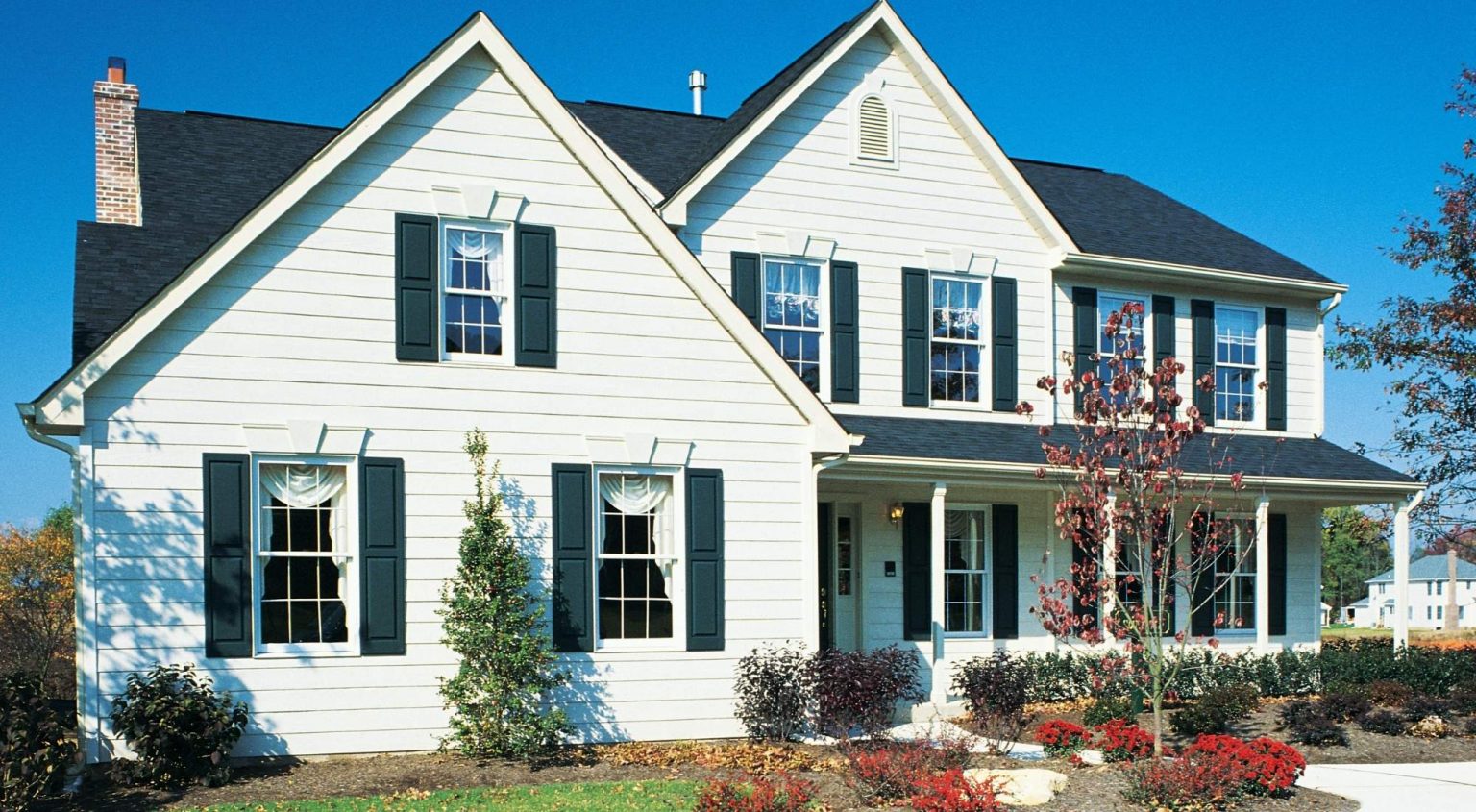

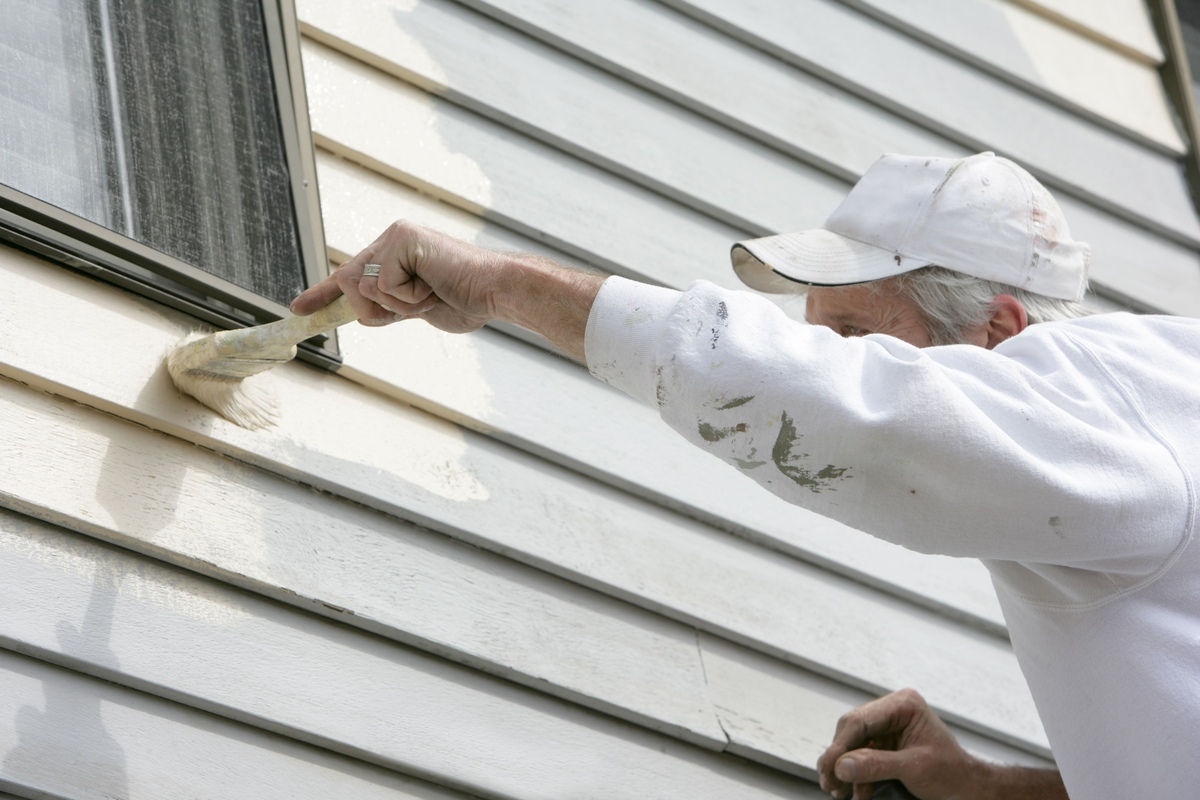
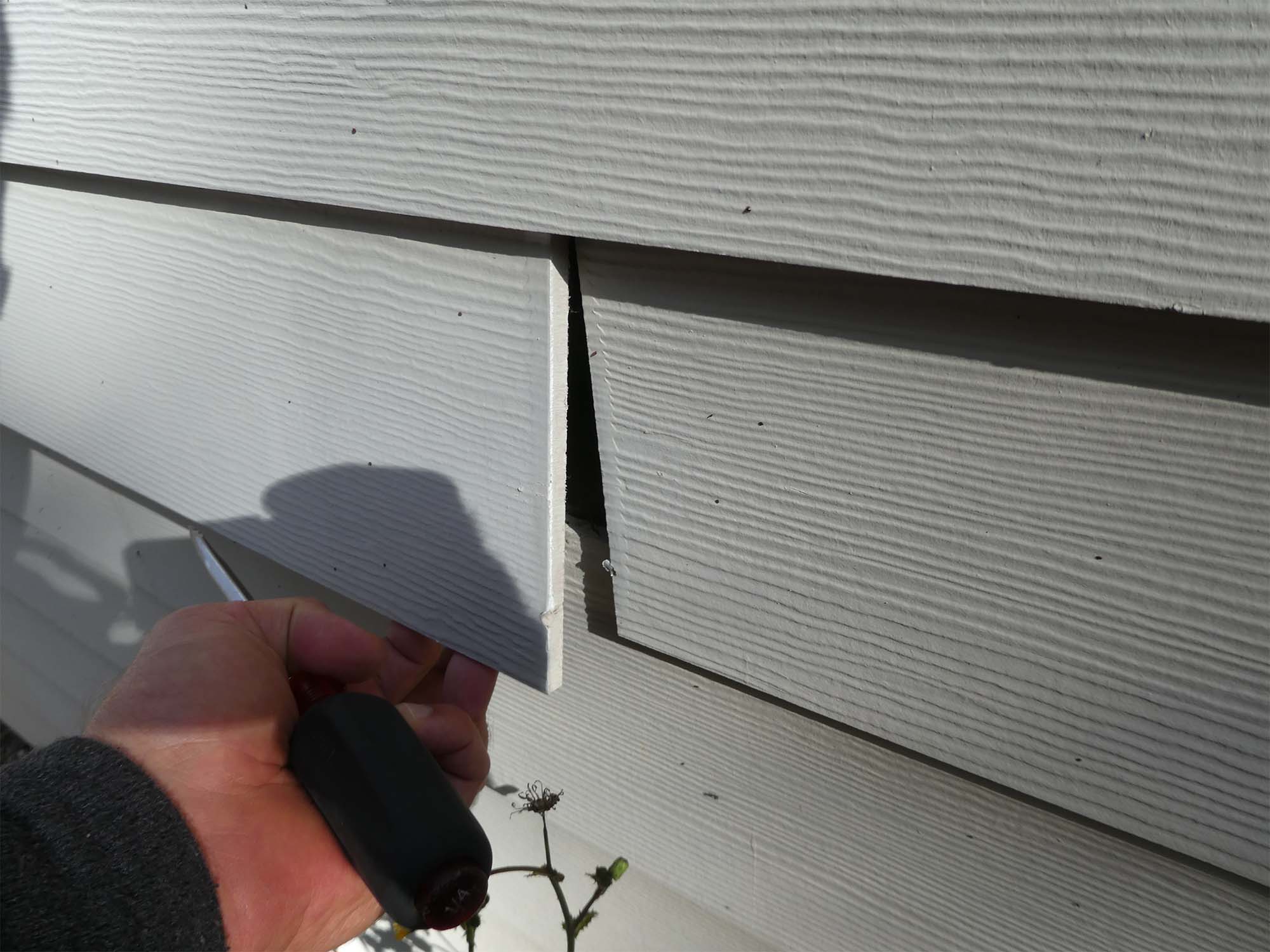
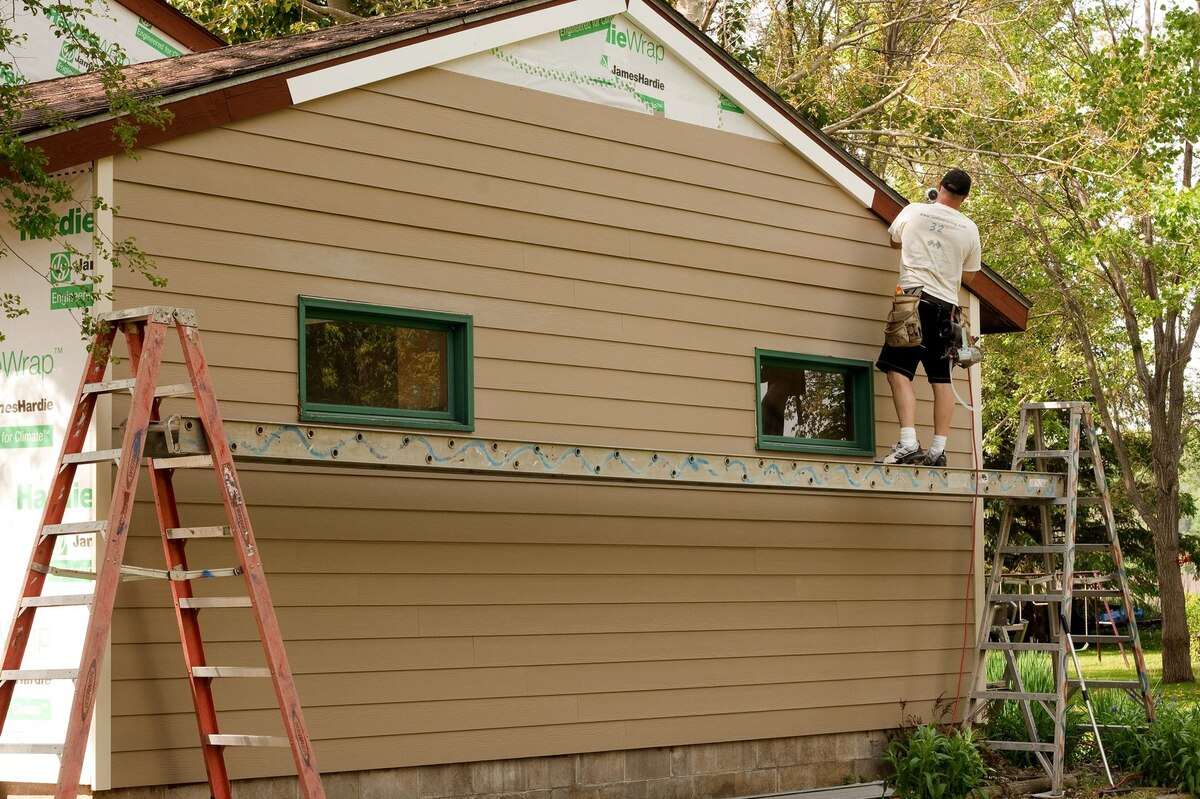
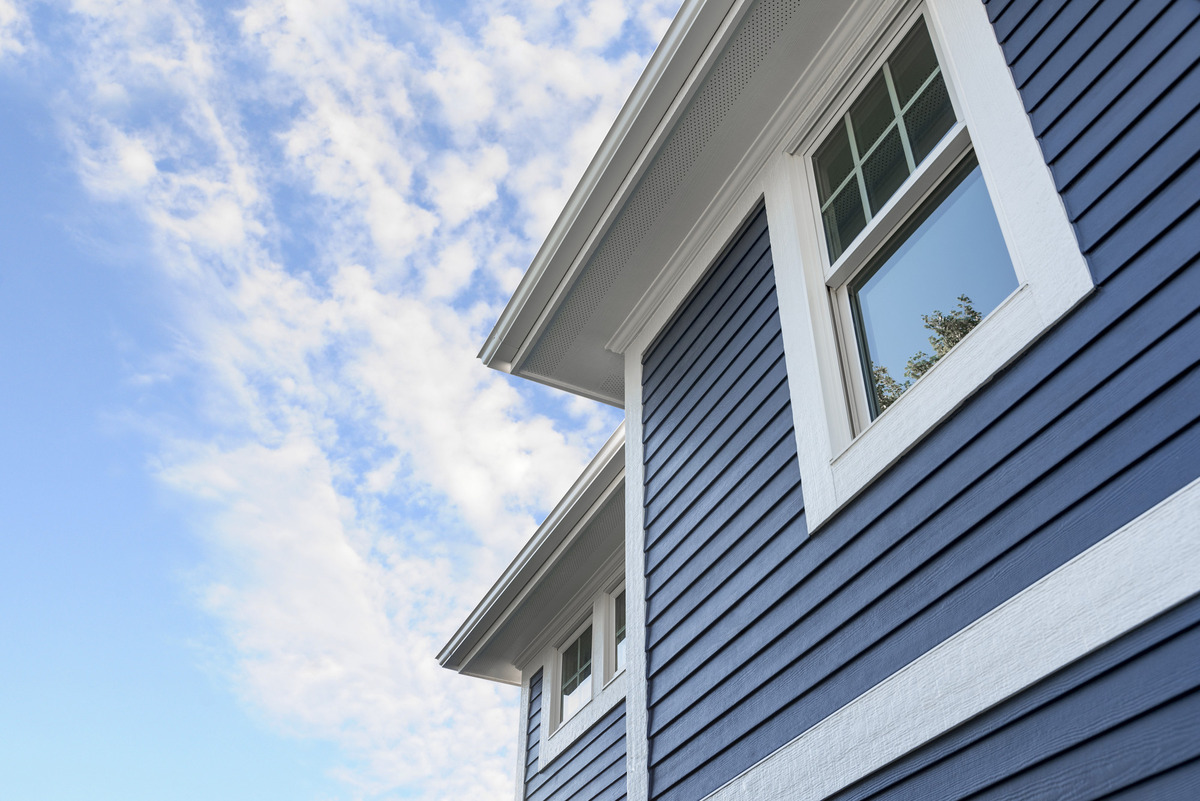
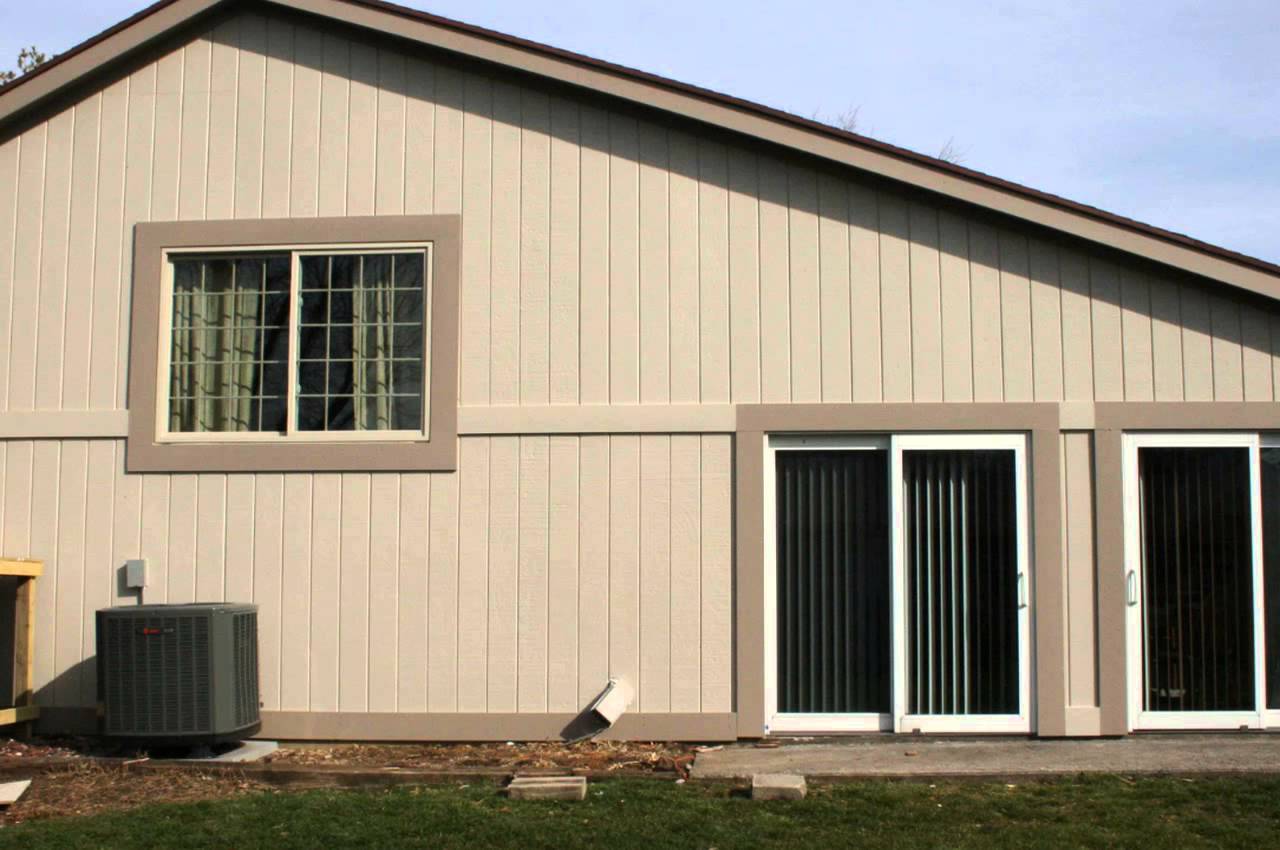

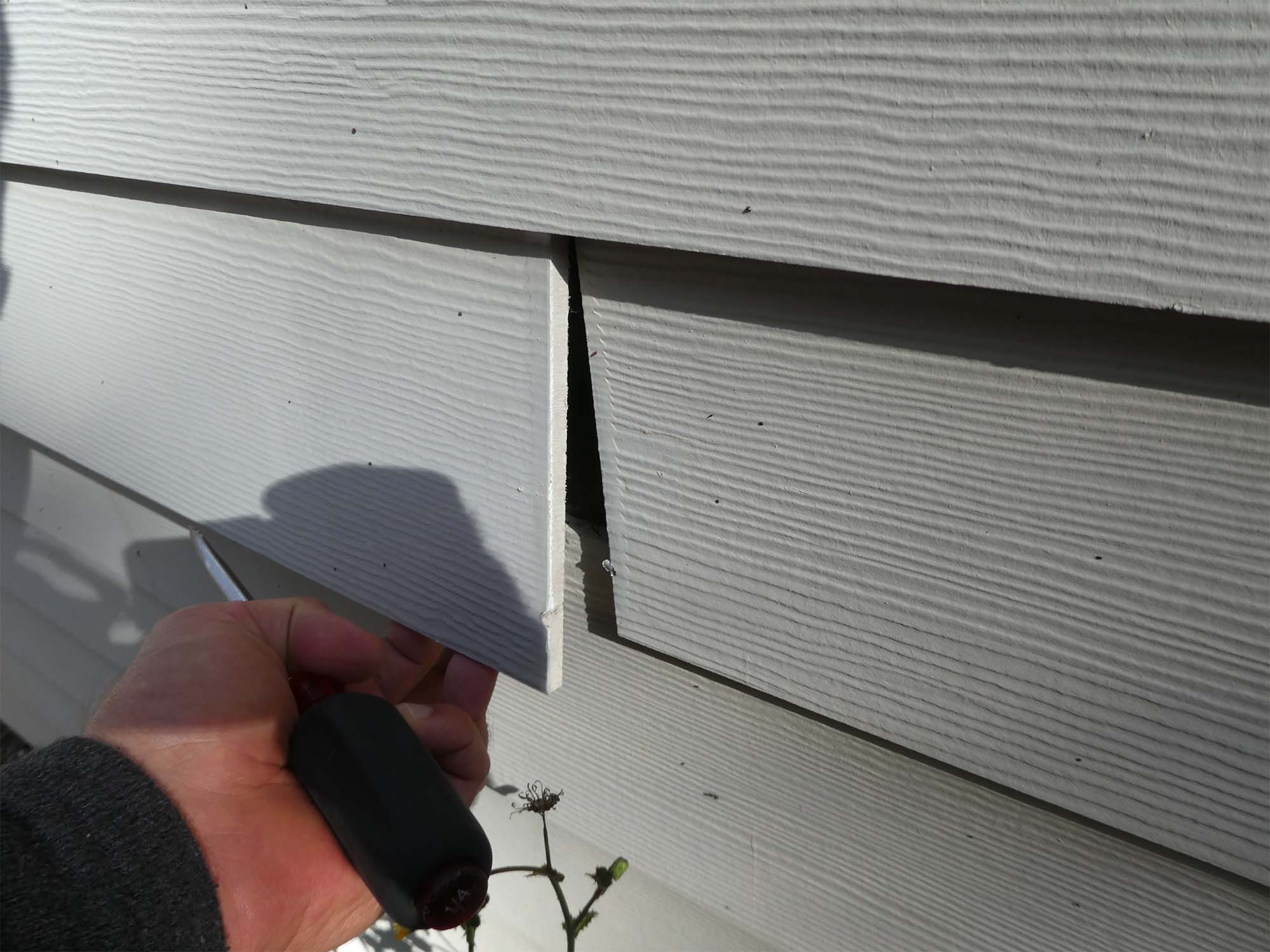
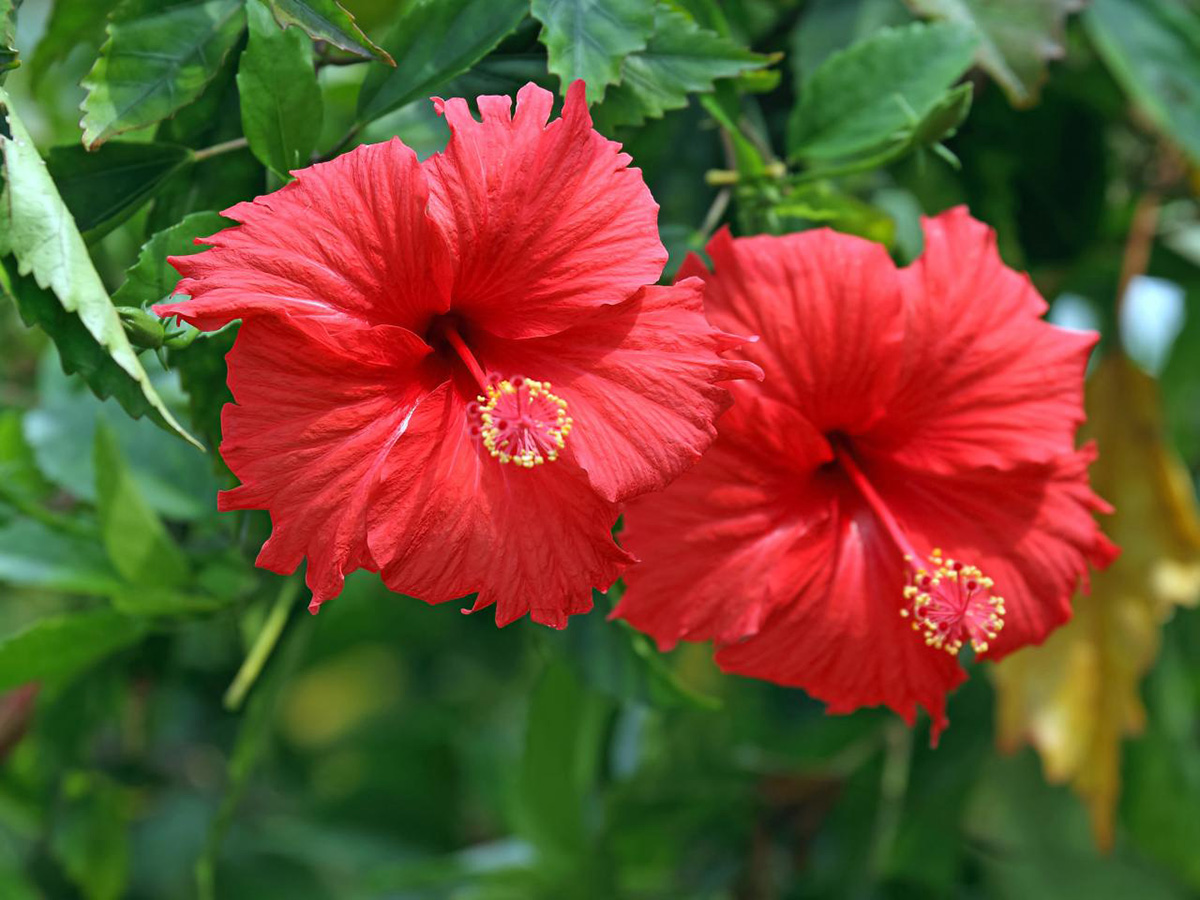
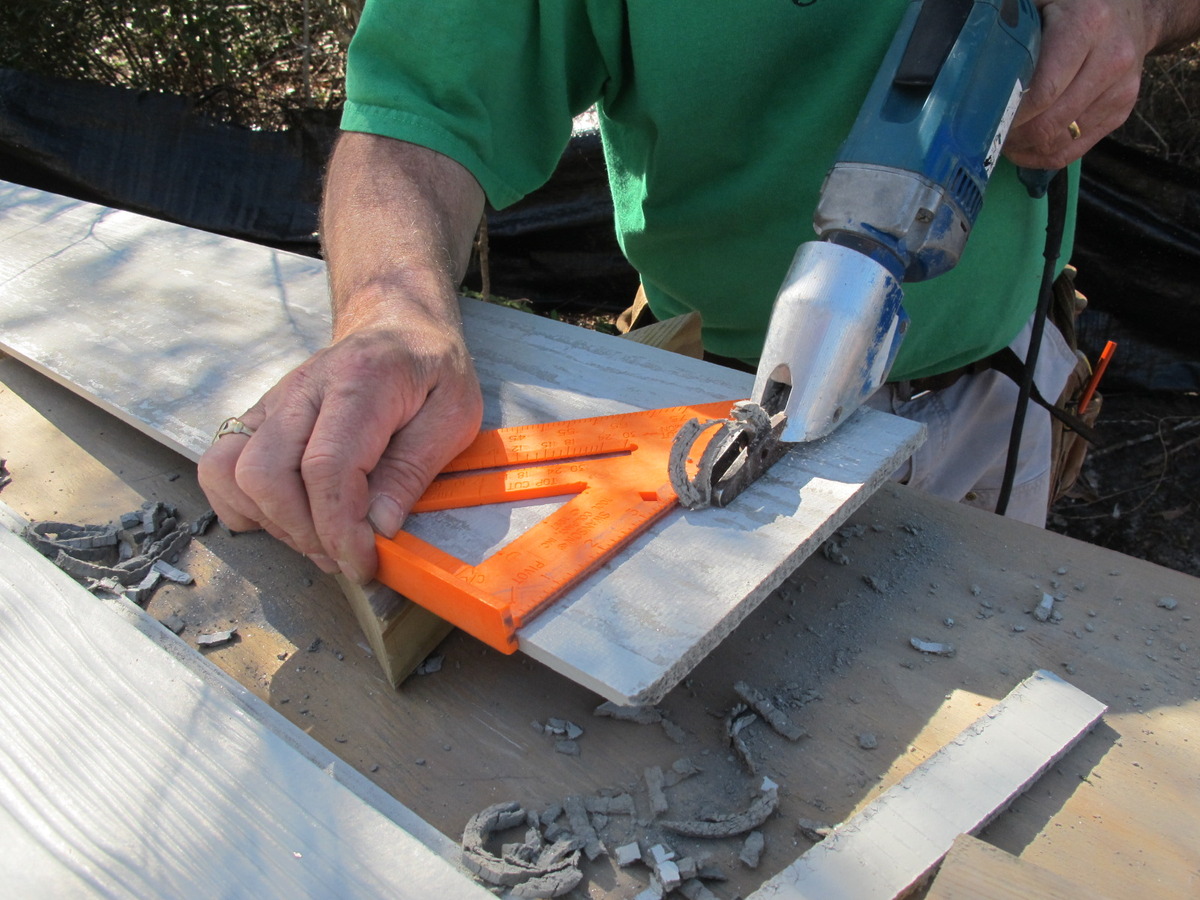
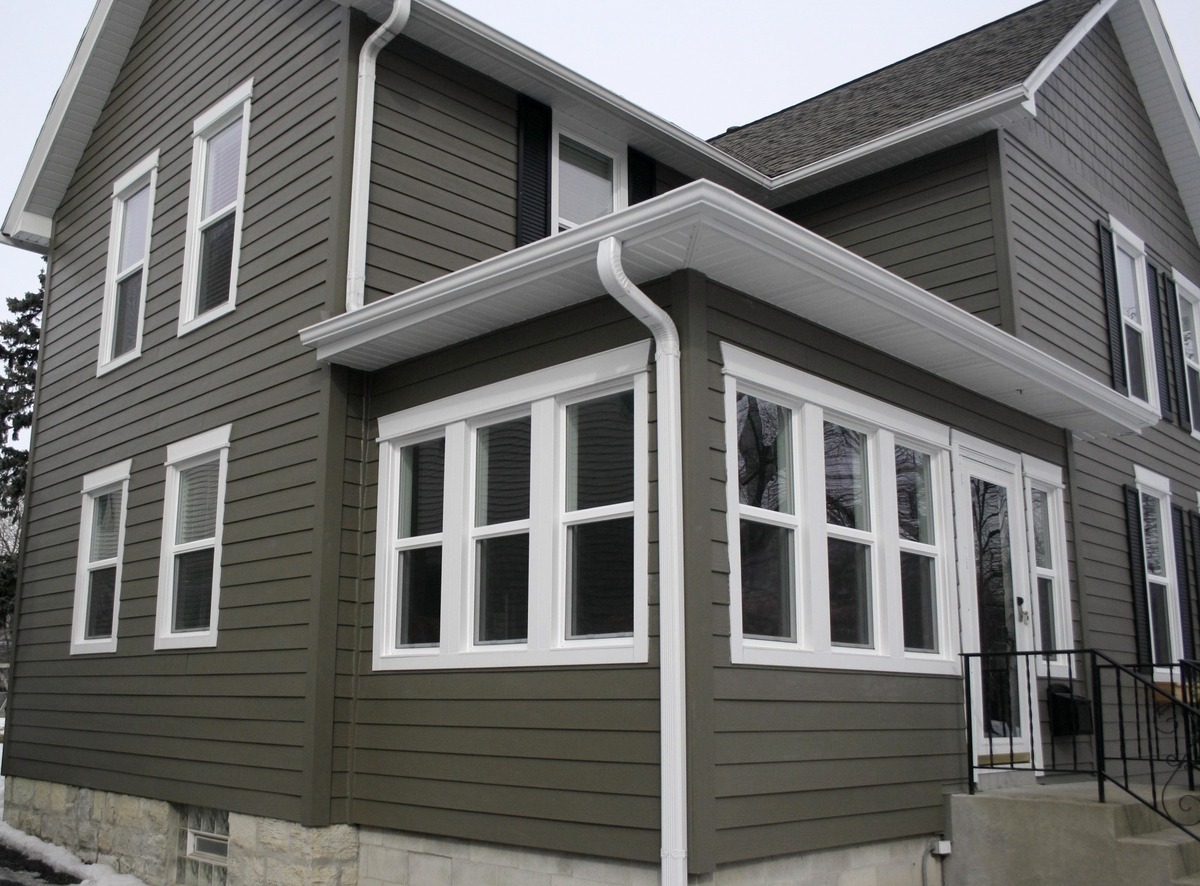
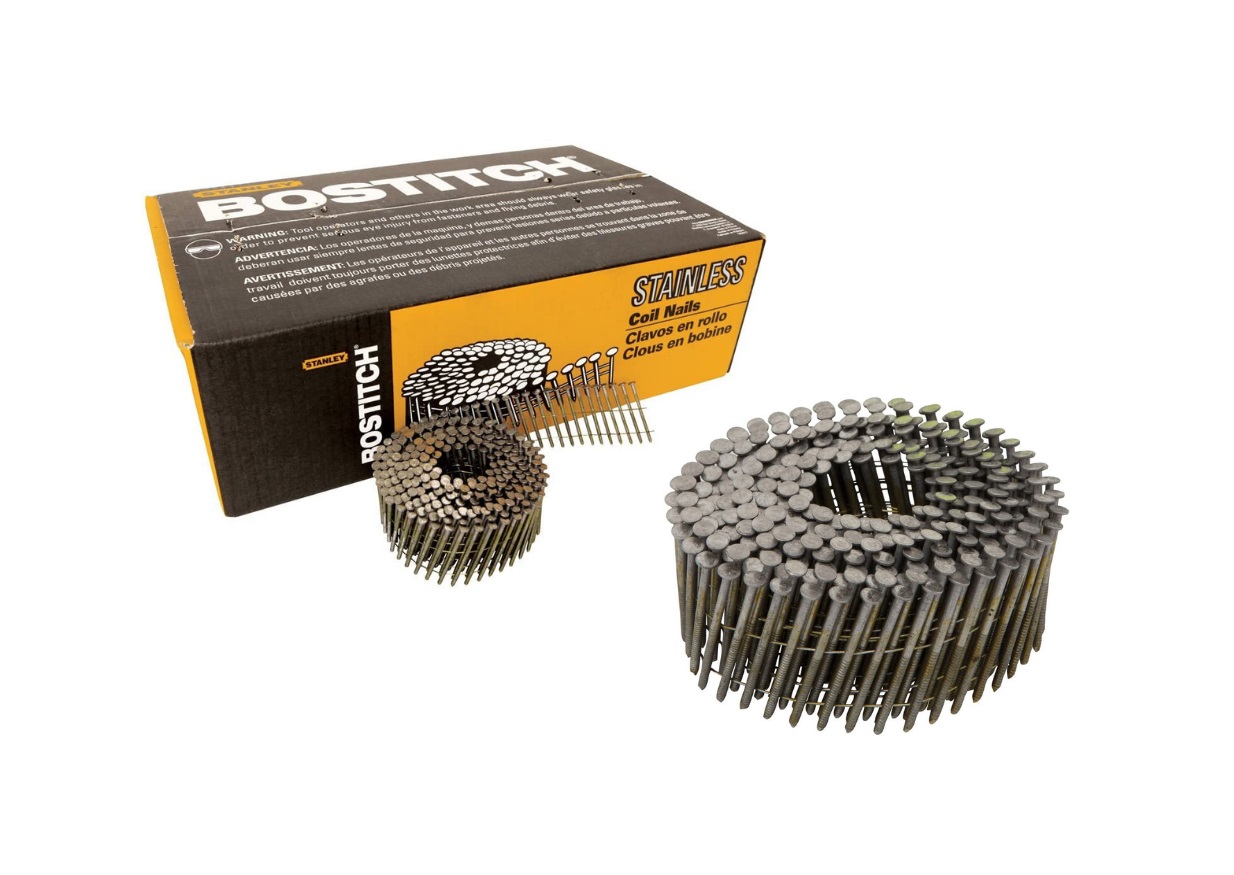
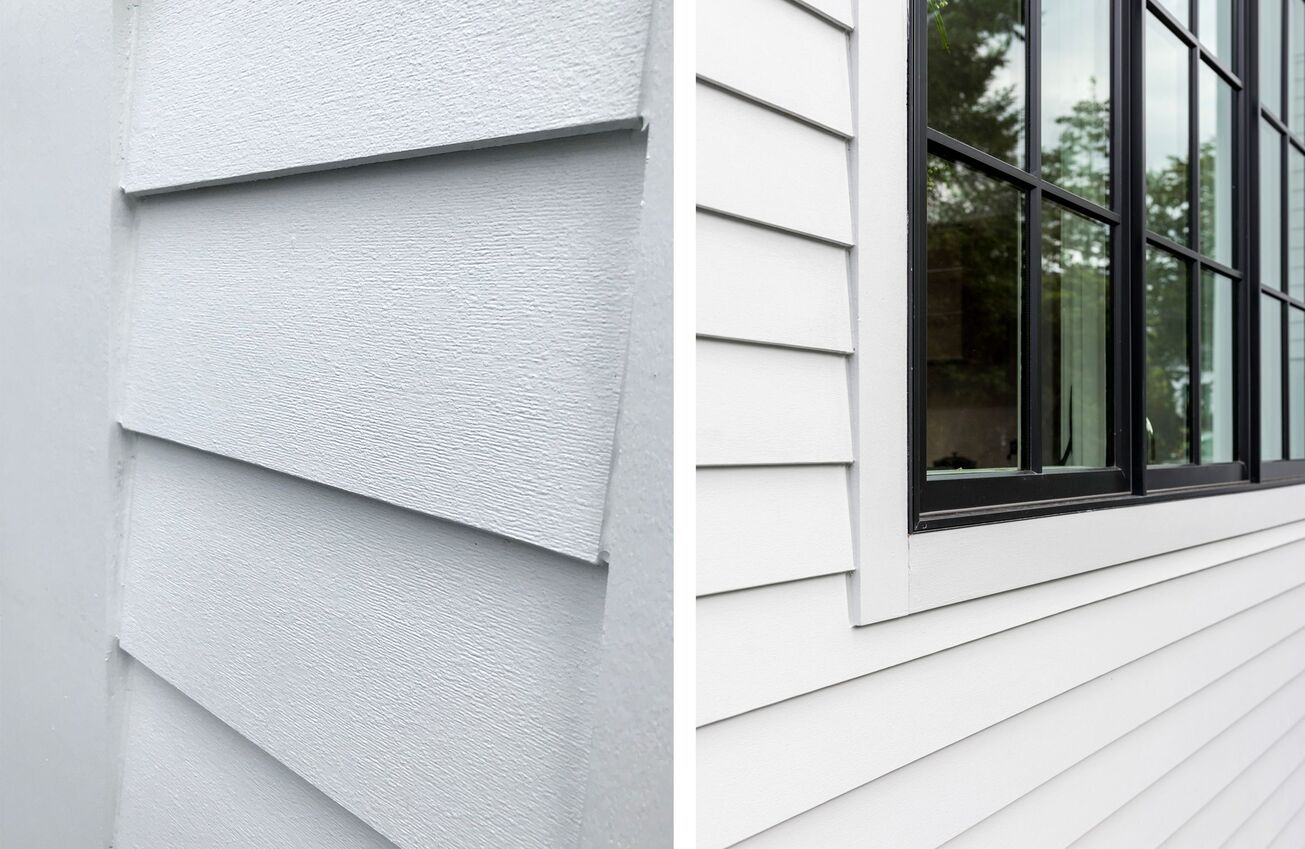

0 thoughts on “How Long Does Hardie Siding Last”